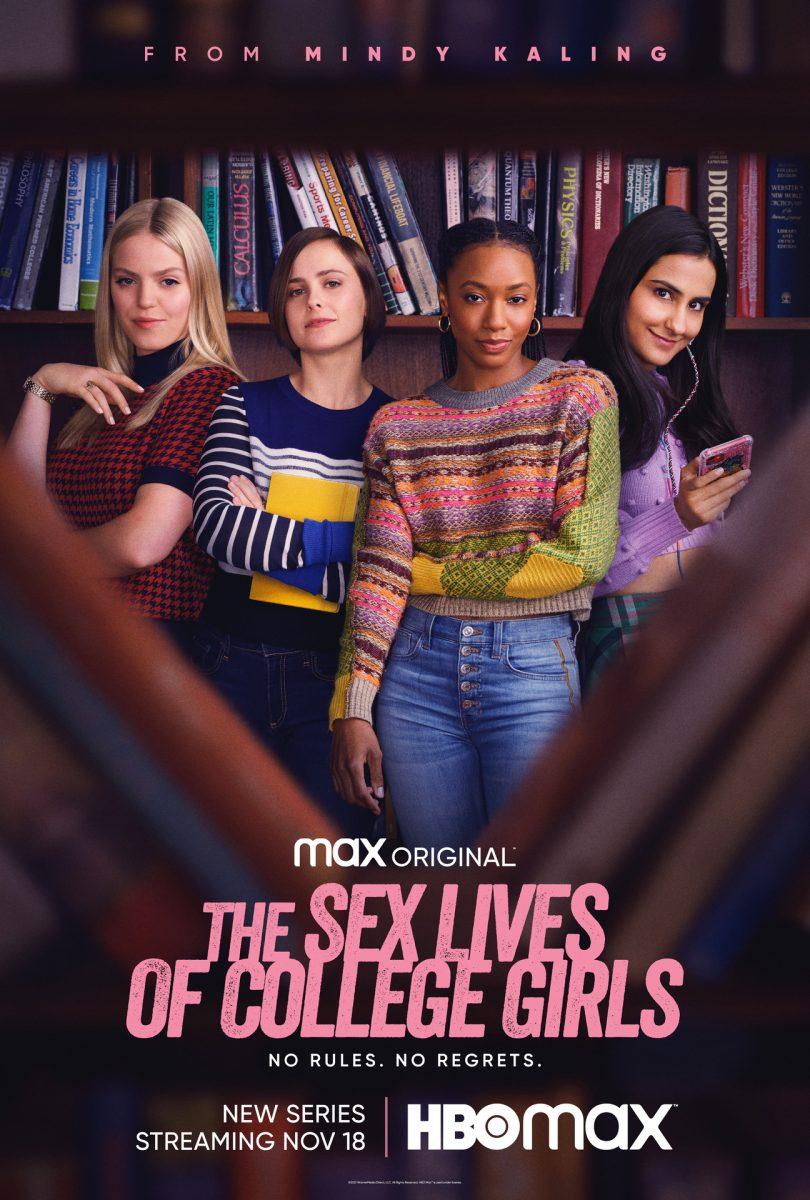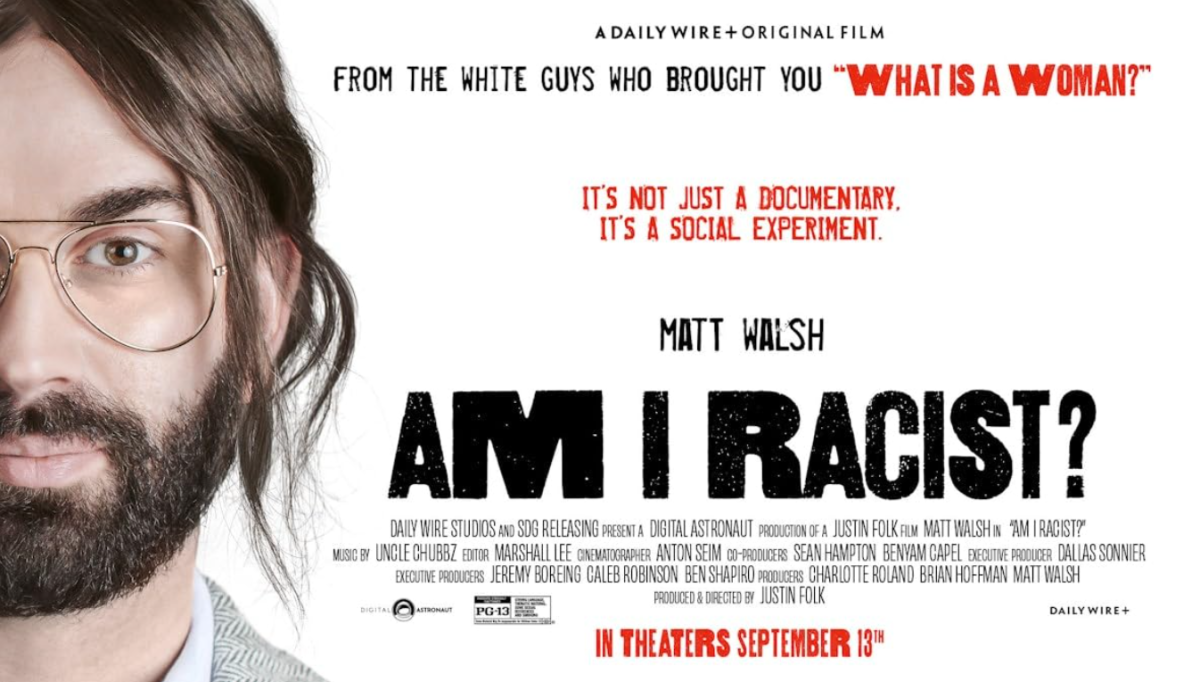Rating: 7/10
This review contains spoilers for season two of The Sex Lives of College Girls.
Premiering in November 2021, season two of “The Sex Lives of College Girls,” or SLCG, has returned with a bang. With two episodes every week, HBO Max is the best place to get a look into the diverse group attending the fictional Essex College.
At the time of writing, the first six episodes have been released. After the cliffhanger where Kimberly Finkle’s college career hung in the balance, the show thankfully brought back all four protagonists. However, raunchy love interest Nico Murray was bid adieu.
With the season’s release roughly a fortnight ago, it has explored the pitfalls of having multiple partners, vaguely entertaining dialogue and realistic struggles of different college students.
Aside from coming out of the proverbial closet, Leighton Murray also explores a particularly taboo ramification of having more than one sexual partner, sexually transmitted diseases. She often brings different women to their dormitory and avoids them after their sexual encounters. She is then diagnosed with chlamydia and decides to not share this information with her bevy of partners. Though it is refreshing to see a woman in the cliché role of a ‘womanizer,’ it is still a cliché.
My biggest criticism of the show is the dialogue, making me physically wince throughout parts of the show. Much of the dialogue is steeped in clichés and trying too hard to incorporate ‘modern slang,’ with Bela Malhotra’s continuous sexually explicit commentary and lack of boundaries are a nightmare for any freshman. Walking in to your roommate wearing your lingerie and hanging out in the common area is a bit much for the start of the semester. Similarly, snarky ‘it’ girl Leighton and her constant condescension reminds viewers of “Mean Girls” queen Regina George. Though she ultimately aids her roommates when they need it, the stereotypical dialogue drives me up a wall.
Despite the massive “dormitory” the protagonists live in, SLCG does a great job of displaying the real struggles college students face. Athlete Whitney Chase thrives during the soccer season; however, come off-season, she struggles to find purpose. She tries to join a sorority with her roommate, but is not heavily invested in it. As someone who has lived through the COVID-19 motivated, Zoom class era, I relate to this feeling painfully. Floundering around campus, in a place where everyone appears laser focused, is isolating. Everyone advises you to join an organization — and I wholeheartedly agree with that — but it is easier said than done.
On a similar note, Finkle comes from a family unable to comfortably pay her tuition. She is the only one in her living space who needs a job to make ends meet, despite the hefty scholarship she had in season one. In a fit of overwhelming stress, she decides to commit theft and academic dishonesty all in under 24 hours. The consequences, like in real life, are steep. Her scholarship is revoked and she is forced to explore the options of a second remote captioning job, signing a loan, selling her eggs and so on. This makes her unable to enjoy the ‘college experience’ as much as her roommates. She cannot spend her weekends partying and her mornings snoring away.
With Texas A&M being an exceptionally large school, people from each category exist. The students that do not have to work during the semester to keep up with rent are afforded the luxury of focusing on their schoolwork and soaking in college. For many, the four years pass by in the never ending cycle of school and work, not getting the chance to attend events held by organizations or to eat out every day of finals week.
However, the season is not over yet. Stay tuned.









